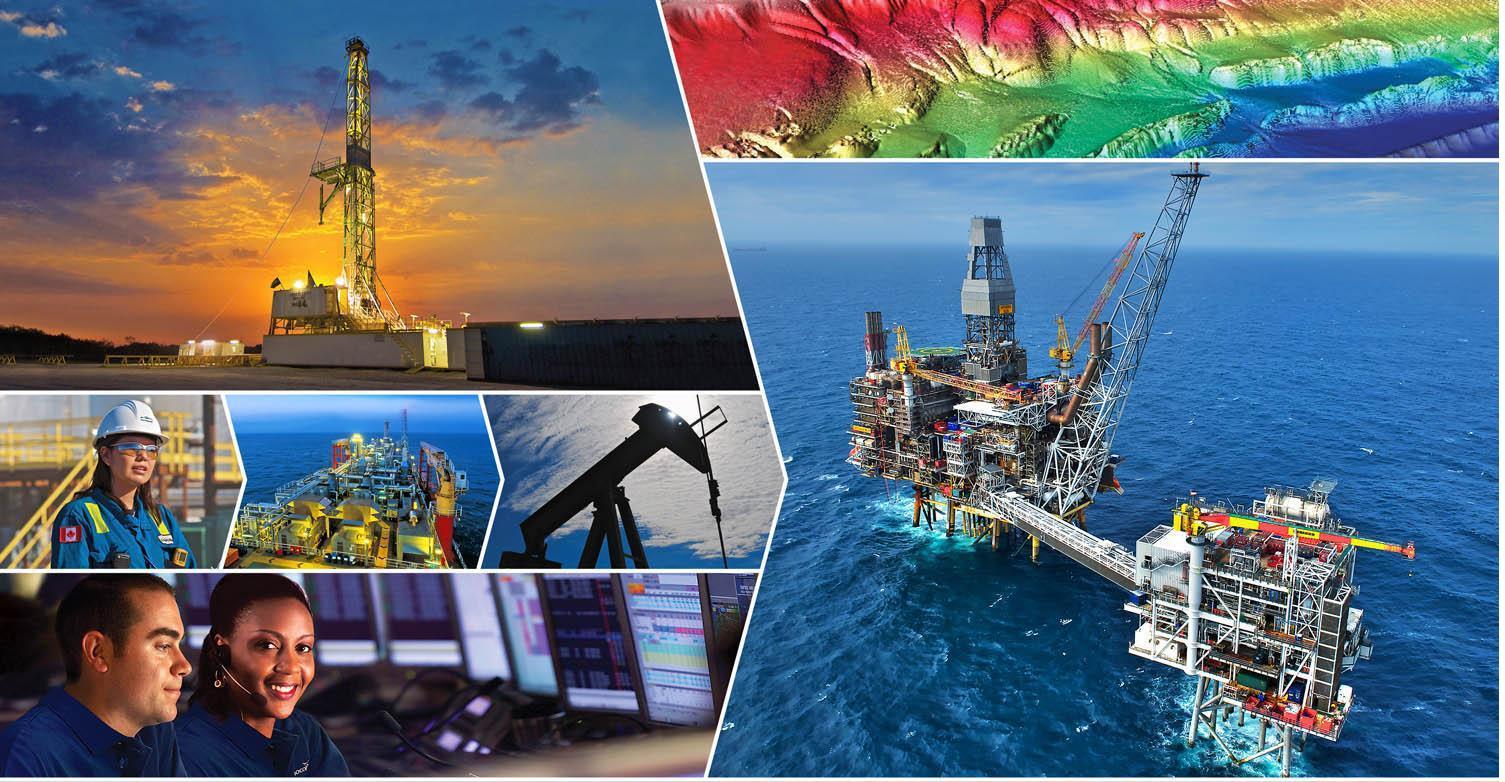Introduction and background
The Oil Industry, otherwise known as the Petroleum Industry, includes all the steps and processes involved in getting energy and petroleum products to market. Processes from the initial permitting and licensing to conducting seismic surveys, the exploration drilling and evaluation, production, transportation, refining and the marketing and distribution. Over the past 5 years I have been involved primarily with the drilling phase on offshore drilling rigs and platforms during the exploration and field development phase. These few pages are an attempt to give you some idea, through my experiences, and a few pictures (most are my own, others not but used to illustrate a point; the use of cameras in many offshore work areas is prohibited on the grounds of safety – they could be an ignition source) of what it is like to work offshore on a oil rig.

How I got into working Offshore and why?
I must admit that I thought long and hard about what I wanted to do as a job/career during my years of travel (long after school and University unfortunately) as I felt for a change from what I was doing. I settled on getting into the natural resources game, partly because I liked Geology (and often would watch documentaries on Earth Sciences in my spare time) and partly because of the resources boom occurring due to demand from the Asian economies.
In the end I settled on the oil industry on account of its scale, technically advanced nature, the worlds desperate and ever increasing need for energy and for some reason I just always thought it was a ‘sexy’ industry, well sexy to the engineering minded anyway. The fact I thought the future prospects would be promising, what with dwindling supplies, increased demand and an aging existing workforce came into it as well. This was in 2010 though and the industry has experienced a significant change of fortune since the high prices experienced up until mid to late 2014.
A factor that also influenced my decision was the Deepwater Horizon disaster in April of 2010 Gulf of Mexico. It drew my attention towards the industry and caused me to learn more about where oil actually came from and what was involved in drilling for it. What I learned was fascinating, I had no idea of the incredible capability and extend to which oil exploration had reached, and in the case of the Macondo Well, I was told that it was “nothing particularly special in the realms of offshore drilling”.

Context: the Offshore Oil and Gas World
Ask a geologist, the Earth isn’t making any more hydrocarbons, not at a significant rate at least. The everyday fuel you put in your car, and take for granted, is merely buried and ‘cooked’ remains of dead plants /animals that lived millions of years ago, brought to the surface by the humble ‘oil man’. Basically that means that millions of years of stored photosynthesis, in the form of organic matter, now being consumed by humans over a couple hundred years; fuelling mankind’s rapid development in the process.












Some very technical, expensive and time consuming seismic analysis needs to be done to find structures deep below the Earth’s surface, and given a unique set of geological circumstances, may hold trapped Oil and Gas in the rock pore spaces. Once a structure is discovered and the Geologists believe the right conditions existed for hydrocarbon production/migration and trapping, a Well needs to be drilled to find out for sure; the “vertical lie detector” as they say. The science behind these discoveries is truly remarkable.

Oil was discovered in the North Sea in the early 1960’s along the maritime borders of Norway/UK/Demark. Fifty years later, hundreds of ‘fields’ exist and have been produced from; the relatively shallow waters of the North Sea has facilitated this. Conventional wisdom in the early 2000’s, believed that most of the easily accessible ‘conventional oil’ has been found, hence why exploration by Oil companies is extending out into frontier areas like deep and ultra-deep water, far offshore, even deep inside the Arctic circle. Right or wrong, the world craves petroleum. Recently however, technologies designed to release previously unobtainable oil and gas reserves has been developed (hydraulic fracking) resulting in an oversupply of oil and gas which has driven prices down.

The particular drilling project I’ve spent a lot of time working on is a development project for Conoco Phillips (a company like BP or Shell), which basically means they’ve previously discovered a commercial quantity of oil and/or gas and they are now building the infrastructure and drilling the Wells to extract the natural resource. Eventually they’ll drill up to 24 wells here, at a staggering cost of £75 million per well – the scale of operations, and the money spent in the oil industry is astonishing.




